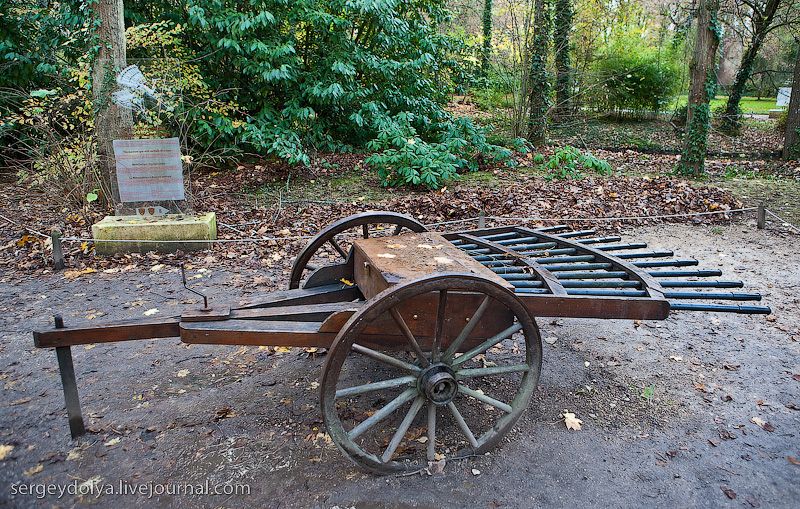|
|
Leonardo Da Vinci Castle
|
Bigger guns were developed, and in the 15th century became an alternative to siege engines such as the trebuchet. The benefits of large guns over trebuchets – the most effective siege engine of the Middle Ages before the advent of gunpowder – were those of a greater range and power. In an effort to make them more effective, guns were made ever bigger, although this hampered their ability to reach remote castles. By the 1450s guns were the preferred siege weapon, and their effectiveness was demonstrated by Mehmed II at the Fall of Constantinople. The response towards more effective cannons was to build thicker walls and to prefer round towers, as the curving sides were more likely to deflect a shot than a flat surface. While this sufficed for new castles, pre-existing structures had to find a way to cope with being battered by cannon. An earthen bank could be piled behind a castle's curtain wall to absorb some of the shock of impact. Often, castles constructed before the age of gunpowder were incapable of using guns as their wall-walks were too narrow. A solution to this was to pull down the top of a tower and to fill the lower part with the rubble to provide a surface for the guns to fire from. Lowering the defences in this way had the effect of making them easier to scale with ladders. A more popular alternative defence, which avoided damaging the castle, was to establish bulwarks beyond the castle's defences. These could be built from earth or stone and were used to mount weapons.
Around 1500, the innovation of the angled bastion was developed in Italy. With developments such as these, Italy pioneered permanent artillery fortifications, which took over from the defensive role of castles. From this evolved star forts, also known as trace italienne. The elite responsible for castle construction had to choose between the new type that could withstand cannon-fire and the earlier, more elaborate style. The first was ugly and uncomfortable and the latter was less secure, although it did offer greater aesthetic appeal and value as a status symbol. The second choice proved to be more popular as it became apparent that there was little point in trying to make the site genuinely defensible in the face of cannon. For a variety of reasons, not least of which is that many castles have no recorded history, there is no firm number of castles built in the medieval period. However, it has been estimated that between 75,000 and 100,000 were built in western Europe; of these around 1,700 were in England and Wales and around 14,000 in German-speaking areas.
Some true castles were built in the Americas by the Spanish and French colonies. The first stage of Spanish fort construction has been termed the "castle period", which lasted from 1492 until the end of the 16th century. Starting with Fortaleza Ozama, "these castles were essentially European medieval castles transposed to America". Among other defensive structures (including forts and citadels), castles were also built in New France towards the end of the 17th century. In Montreal the artillery was not as developed as on the battle-fields of Europe, some of the region's outlying forts were built like the fortified manor houses of France. Fort Longueuil, built from 1695–1698 by a baronial family, has been described as "the most medieval-looking fort built in Canada". The manor house and stables were within a fortified bailey, with a tall round turret in each corner. The "most substantial castle-like fort" near Montréal was Fort Senneville, built in 1692 with square towers connected by thick stone walls, as well as a fortified windmill. Stone forts such as these served as defensive residences, as well as imposing structures to prevent Iroquois incursions.
Although castle construction faded towards the 16th century, castles did not necessarily all fall out of use. Some retained a role in local administration and became law courts, while others are still handed down in aristocratic families as hereditary seats. A particularly famous example of this is Windsor Castle in England which was founded in the 11th century and is home to the monarch of the United Kingdom. In other cases they still had a role in defence. Tower houses, which are closely related to castles and include pele towers, were defended towers that were permanent residences built in the 14th to 17th centuries. Especially common in Ireland and Scotland, they could be up to five storeys high and succeeded common enclosure castles and were built by a greater social range of people. While unlikely to provide as much protection as a more complex castle, they offered security against raiders and other small threats.
|
|









